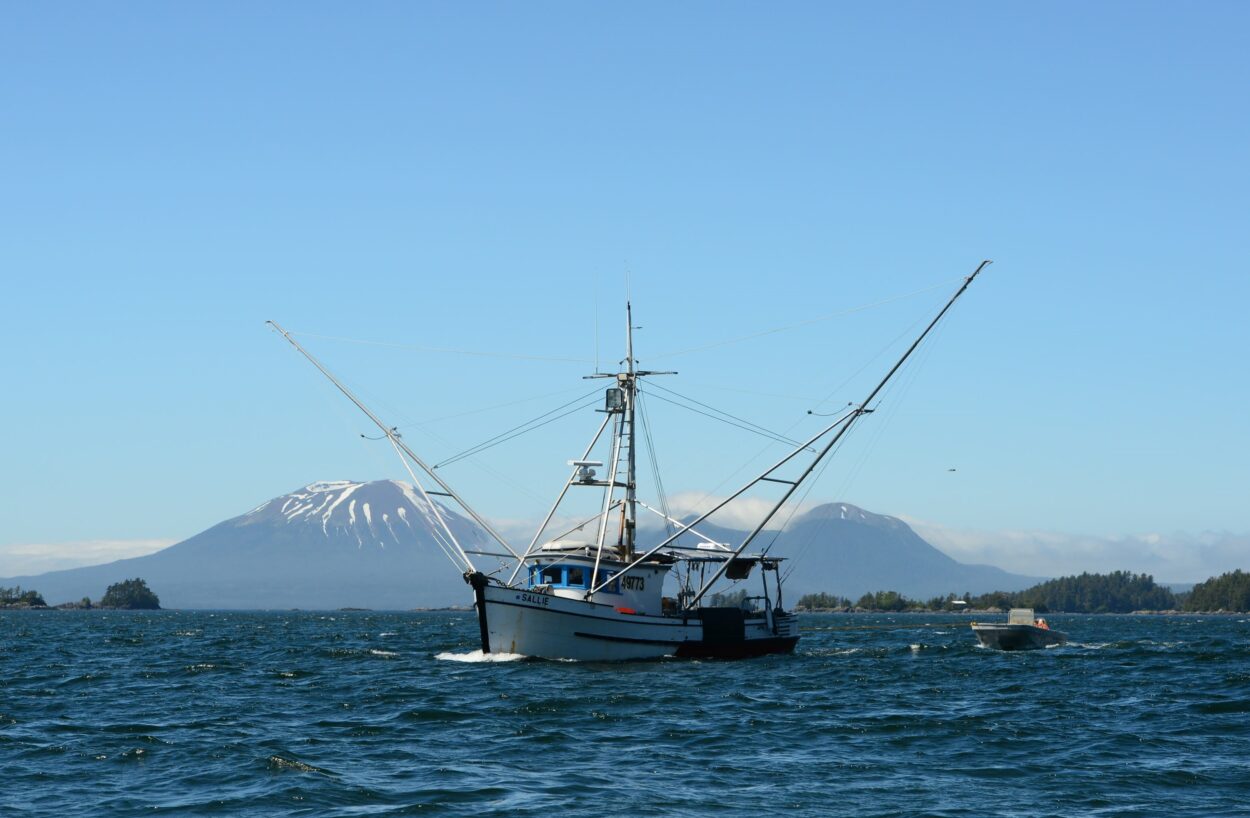
The numbers are in for the first opening in the summer troll fishery for king salmon in Southeast Alaska.
The 12-day season saw more chinook landed than expected, despite fewer boats being on the water.
Southeast trollers brought in about 85,000 king salmon from July 1 to July 12, around 8,000 fish over the target for the first opener of the season.
At first, it might look like enthusiasm played a role, as it was only on June 21 that the US Ninth Circuit Court of Appeals issued a stay that allowed the fishery to occur at all.
But that was not the case. Grant Hagerman manages the troll fishery for the Alaska Department of Fish and Game. He says even fewer trollers participated this summer than in 2022.
“We had roughly 580 participants in the king fishery last year,” he said, “and we’re just over 500 for this opening.”
As recently as 10 years ago, Hagerman says it was more typical to see 800 trollers during the first summer king opener. Having 80 boats drop out in just one year suggests that the Wild Fish Conservancy lawsuit created just enough uncertainty to steer trollers into other fisheries – or even into other lines of work.
“Until just several weeks before the fishery, I think a lot of permit holders maybe had to make other plans,” said Hagerman. “Whether that was finding other work in town or longlining instead. You know, just that question mark. I think some of them had to make plans and just didn’t fish the opening. Some of the permit holders from out of state may not have come up. Obviously, (the high cost of) fuel is still an issue as well.”
Nevertheless, the fishing was pretty good for the 500 boats that stayed in the game. Hagerman says three days of bad weather during the opener meant for some busy days during good conditions. A lot of the work involved shaking undersize kings, which were below the legal length of 28-inches, and trying to keep hooks free for bigger fish. Hagerman says trollers tend to pull their gear and move to a different area when they’re catching a lot of “shakers.” The average weight of legal fish was 11 pounds.
“And surprisingly, there are legal fish even under 10 pounds,” said Hagerman. “They’re just kind of long and skinny. There’s a fair amount of those. But I wouldn’t say (average weight) is alarmingly low compared to recent years, but you know, for the long term, yeah, it’s still down.”
Hagerman says prices were comparable to the long-term average for summer kings – between $5 and $6 per pound. The market forces that created low prices for Alaska’s sockeye fisheries have not been a factor for kings. The delay of chinook fishing in Canada, and the closure of California’s salmon fishery both helped to prop up prices for Southeast kings.
Although the first opener exceeded its target, roughly 24,000 kings remain in the summer troll allocation for kings. Hagerman anticipates that the Department of Fish & Game, after accounting for landings in the sport and commercial net fisheries, will make an announcement regarding a second summer king opening on August 4.






























